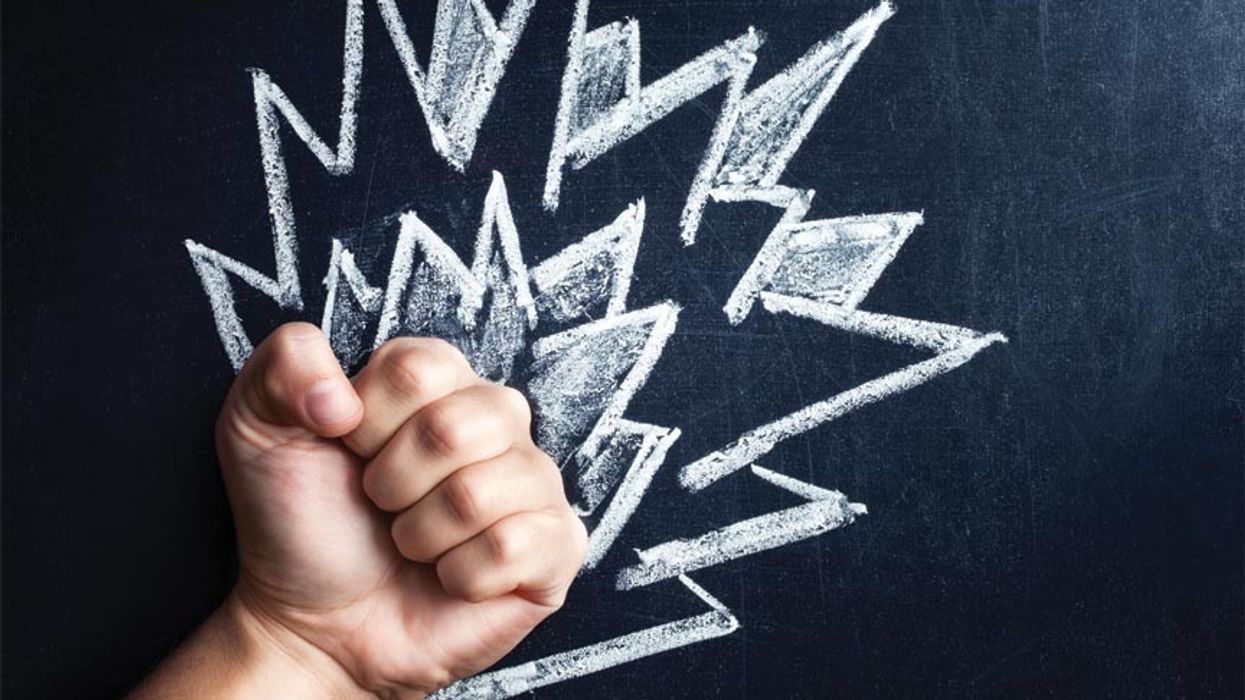Different Ways To POWER Your Entire Camera Rig [VIDEO]
Clever solutions to power your camera setup without breaking the bank (or your back).

Caleb Pike at DSLR Video Shooter is constantly providing budget-friendly filmmaking hacks, tips, and tricks for the one-man-band filmmaking community. Covering everything from a DIY director’s monitor build to a live-streaming how-to guide for buying old cinema cameras, Caleb has a lot of our needs covered.
In this video, he's breaking down ways you can power your camera rig. Check it out:
Here’s a rundown of Caleb’s top picks for how to get your gear powered up.
V-Mount/Gold Mount Battery Plates
These batteries, normally reserved for much larger camera setups, typically provide all-day power to a DSLR or mirrorless camera rig. The huge benefit here is I/O. Meaning that there are typically boatloads of adapters and mounting plates that give a plethora of output options, making it a breeze to provide the sweet juice that all your accessories need to live.
Sony NP-F Battery Plates
Sony’s NP-F batteries are a viable power option for many cameras but arguably even more accessories.Plus this option is among the least expensive. Don’t go too cheap, though. Caleb notes in his video that there are several NP-F plates that don’t hold up to heavier usage situations and may overheat the battery and, as a result, put your gear at risk. NP-F batteries are small, long-lasting, and battle-tested (they’ve been around for years) so I feel comfortable saying that this would for sure be my go-to power source.
On-Camera Monitors
There are several monitors available that can provide power to both themselves and, through the help of a handy-dandy adapter cable, their parented camera (After Effects humor is the best, isn’t it?).
Using a device like the SmallHD Focus can provide a seamless connection between your camera and your monitor without having to worry about handfuls of batteries to keep track of. Routing the power through the monitor quells this issue by only allowing for one power source to be in play.
USB Power Banks
It's hard to go int any store without seeing some sort of USB-based power supply for sale next to the register (they even sell them at my goat yoga class that I go to every Wednesday evening and definitely didn’t make up just now to prove a point). Because of their size, weight, and popularity, USB power is an excellent way to provide ultra-portable, ultra-flexible power options to your entire camera setup.
Vertical Grips
Are the benefits of a vertical grip as a power source outweighed enough by the inconveniences?
It’s still an effective power source, cost-wise, but it's possible the sacrifice, ergonomically, makes it a harder sell. Specifically for video, I prefer to keep my orientation in landscape mode, rather than portrait. If I were shooting a lot of social media campaigns, I may be able to justify it. As of now, I find that a vertical grip adapter throws off the balance of my camera while providing very little benefit in extra power options.
The Wall
If you’re not moving the camera or you have enough planning in place, plugging in your camera setup to AC power from the wall outlet is perfectly viable.
If the camera won’t be migrating away from any given setup and the environment is easily controlled, this really is the most efficient option for a filmmaker.
My personal favorite option is the NP-F battery plate. It’s a reliable, trusted source of power and gives way more juice than almost any internal battery for any given mirrorless or DSLR camera.
What are some of your favorite power solutions for on-set productions? Let us know in the comments.
Source: Caleb Pike
















